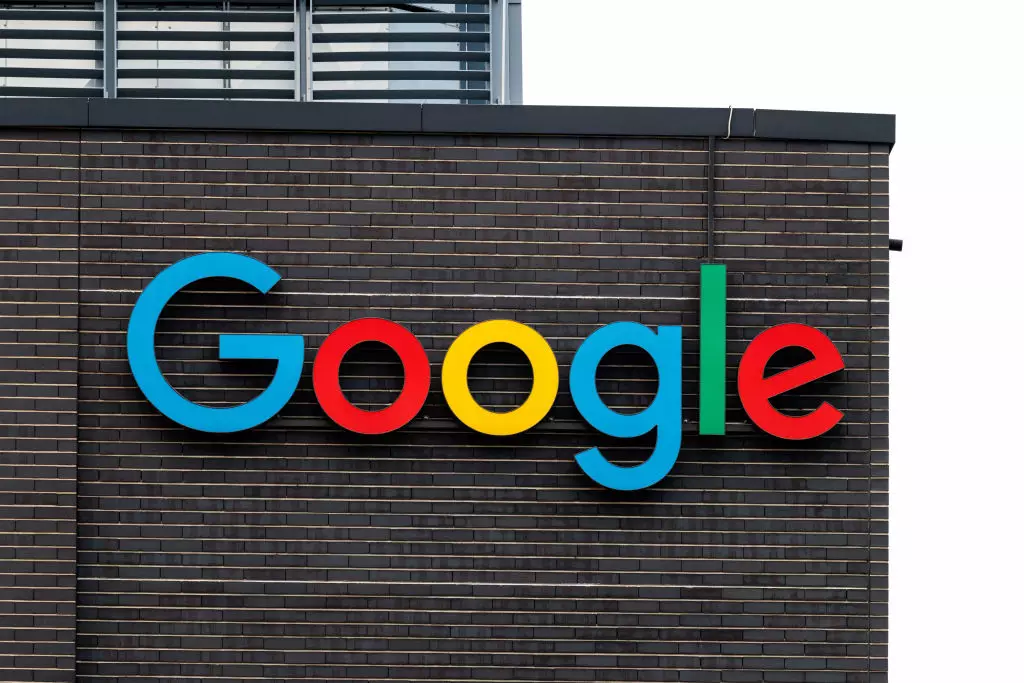In a world increasingly reliant on digital connections, Google’s latest updates to its Android and Chrome platforms represent a significant leap toward inclusivity. On Thursday, the tech giant rolled out an array of artificial intelligence and accessibility features that promise to redefine how users, particularly those with visual impairments, interact with their devices. This advance goes beyond mere functionality; it taps into the human experience, fostering deeper connections through technology.
The centerpiece of this update is TalkBack, Android’s screen reader, which has been imbued with the capabilities of Gemini, Google’s advanced AI. Last year, the introduction of Gemini brought groundbreaking features to TalkBack, allowing visually impaired users to obtain AI-generated descriptions for images when alt text is absent. This year, the enhancements have gone further. Users can now pose questions about images, engaging with their content in an interactive manner. For instance, instead of simply being told what a photo depicts, users can inquire about specific attributes, like brands or colors of objects that catch their interest. This interactive dialogue enriches the user experience, transforming passive consumption into dynamic engagement.
Expanding Interaction in Everyday Scenarios
The implications of this feature extend into daily activities, such as shopping. Imagine asking Gemini about the fabric of a dress while browsing an app, or checking for discounts on products. Such capabilities empower users with low vision, allowing them to navigate their environments more independently. It enhances not only accessibility but also fosters a sense of agency and confidence among users—qualities that are often stripped away in a world that doesn’t cater to diverse needs.
Beyond TalkBack, Google has also launched an update to its Expressive Captions feature, showcasing an awareness of the nuances in human communication. The new duration feature on Expressive Captions captures the emotional weight of spoken words, differentiating between a flat “no” and an elongated “nooooo.” This attention to detail enhances the richness of interactions, ensuring that expressions convey more than just textual meaning. Now, not only can users see texts displayed in real-time, but they can also appreciate the subtleties in pronunciation and expression. Added sound labels, like identifying whistling or throat clearing, further enrich this experience, showcasing a profound understanding of how people communicate in their everyday lives.
Advancements in Document Accessibility with OCR Technology
Another noteworthy improvement involves Chrome’s handling of PDFs. Scanned documents have long posed a challenge for screen readers, often leaving users disconnected from valuable information contained within these files. With the introduction of Optical Character Recognition (OCR), Chrome can now recognize and interact with scanned PDFs seamlessly. Users can highlight, copy, and search for text as if it were a typical webpage. This marks a crucial step towards dismantling barriers that have hindered access to information, particularly for those relying on assistive technologies.
Moreover, with the Page Zoom feature, users can customize their browsing experience by adjusting text sizes without compromising the overall layout of web pages. This flexibility is particularly important for individuals who may struggle with small print, allowing them to maintain visual comfort while exploring content online. Such incremental changes may seem trivial to some, yet they can substantially impact the daily experiences of users with varying needs.
A Collective Step Towards Inclusion
Google’s latest enhancements underscore a commitment to accessibility and user-centric design. The integration of AI into these features represents a forward-thinking approach, recognizing that technology should cater to all users, regardless of their physical limitations. This philosophy not only aligns with social responsibility but also sets a benchmark for other tech companies to aspire toward.
In an era where digital divides still exist, these updates signal a powerful message: technology can and should break down barriers, enhancing the quality of life for all users. Google’s innovations in AI and accessibility are not just about adapting old frameworks; rather, they reflect a transformative vision that embraces diversity and inclusivity. By championing these advancements, Google is playing an essential role in creating a future where technology and humanity intersect harmoniously, paving the way for richer connections and experiences in our daily lives.

